| Vài cái tên khác | Lưỡi tạo hạt nhựa, Dao cắt hạt nhựa, Lưỡi tạo hạt nhựa, Dao tạo hạt nhựa |
|---|---|
| Nguồn gốc | Trung Quốc |
| Ứng dụng | Công nghiệp tái chế nhựa |
| Vật liệu | Sk2,HSS,M2,SKD11 |
| Số mô hình | CB-PC |
| Dịch vụ OEM | Có sẵn |
| Điều khoản thanh toán | L/C, T/T, Western Union |
| Bưu kiện | Hộp carton, trong hộp gỗ |
| Thời gian giao hàng | 7-20 ngày |
Chia sẻ với:
Plastic pelletizer blades, also known as lưỡi dao nghiền, pelletizing knives, hoặc rotor knives Và stator knives (depending on their position in the pelletizer), are critical cutting tools used in plastic pelletizing machines. These machines reduce larger pieces of plastic into small, uniform pellets or granules, which are the primary feedstock for manufacturing various plastic products. Plastic pelletizer blades are specifically designed to efficiently and cleanly cut different types of plastic materials into these consistent pellet sizes.
Plastic pelletizer blades are essential in the plastic recycling and manufacturing industries. Their main applications include:
The materials used for plastic pelletizer blades must be highly wear-resistant to withstand the abrasive nature of some plastics and fillers, as well as the continuous high-speed operation of pelletizing machines. Common materials include:
The hardness of plastic pelletizer blades typically ranges from HRC 52 to 65, depending on the material and the type of plastic being processed. Proper heat treatment is crucial to achieve the optimal balance of hardness and toughness. Coatings like chromium plating or titanium nitride (TiN) can be applied to further enhance surface hardness, reduce friction, and improve corrosion resistance.
Plastic pelletizer blades come in various shapes and configurations depending on the type of pelletizing machine (e.g., strand pelletizers, underwater pelletizers, die-face pelletizers) and the desired pellet size and shape. Common shapes include:
The working principle involves the rotating plastic pelletizer blades (rotor or fly knives) passing closely by the stationary stator knives or the die face, cutting the continuous strands or the extruded melt into small pieces. The clearance between the rotor and stator knives is critical for clean cutting and preventing material from being smeared or pulled. The speed of rotation and the feed rate of the plastic material determine the size and shape of the resulting pellets. Different blade geometries and cutting configurations are used to optimize pellet quality and production efficiency for various types of plastics and throughput requirements.
Dễ dàng tận hưởng sự tiện lợi khi nhập khẩu, từ khâu vận chuyển đến thông quan, chúng tôi xử lý toàn bộ quy trình, bạn chỉ cần trả thuế VAT và chờ hàng về công ty.
Chúng tôi đã thấy các lưỡi dao của nó được sử dụng trong vô số ứng dụng và sẵn sàng xử lý bất kỳ dự án nào bạn thực hiện theo cách của chúng tôi - mang lại độ chính xác, độ bền và mức giá cạnh tranh chưa từng có.
Cho dù bạn cung cấp bản vẽ, phác thảo hay mẫu, chúng tôi đều có thể vẽ và sản xuất cho bạn. Chúng tôi cũng có khả năng hỗ trợ sửa đổi các thiết kế và thông số kỹ thuật hiện có để cải thiện hầu hết mọi ứng dụng công cụ công nghiệp. Vui lòng liên hệ với đội ngũ bán hàng tận tâm của chúng tôi để thảo luận về các yêu cầu cụ thể của bạn.
Một loạt các thử nghiệm và kiểm tra được thực hiện để kiểm soát chất lượng, bao gồm kiểm tra sản phẩm đầu tiên, kiểm tra vật liệu đầu vào và vật liệu được chứng nhận, kiểm tra chất lượng trong quá trình, kiểm tra chất lượng cuối cùng.
Cho dù bạn là nhà nhập khẩu, nhà phân phối, nhà bán buôn hay người dùng cuối, chúng tôi đều hoan nghênh bạn tham gia cùng chúng tôi với MOQ tối thiểu, không gặp rắc rối khi tìm hiểu thông tin và tự do hơn khi mua hàng.
Trở thành người giám sát độc quyền của bạn, truyền tải thường xuyên mọi nút quan trọng trong dây chuyền sản xuất, bất kể ở xa đến đâu, tiến độ của sản phẩm đều được nắm bắt càng sớm càng tốt!
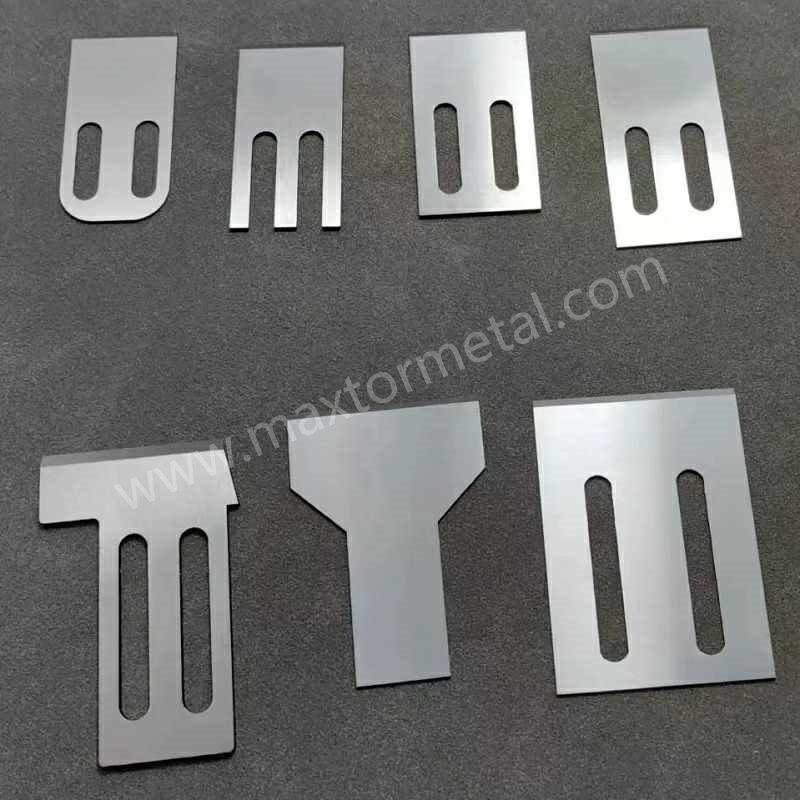
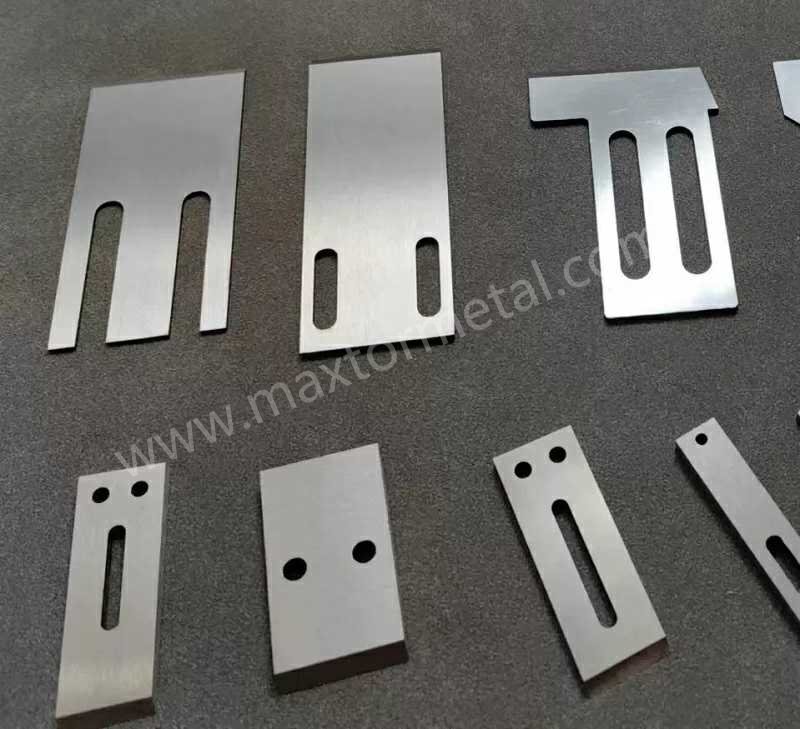
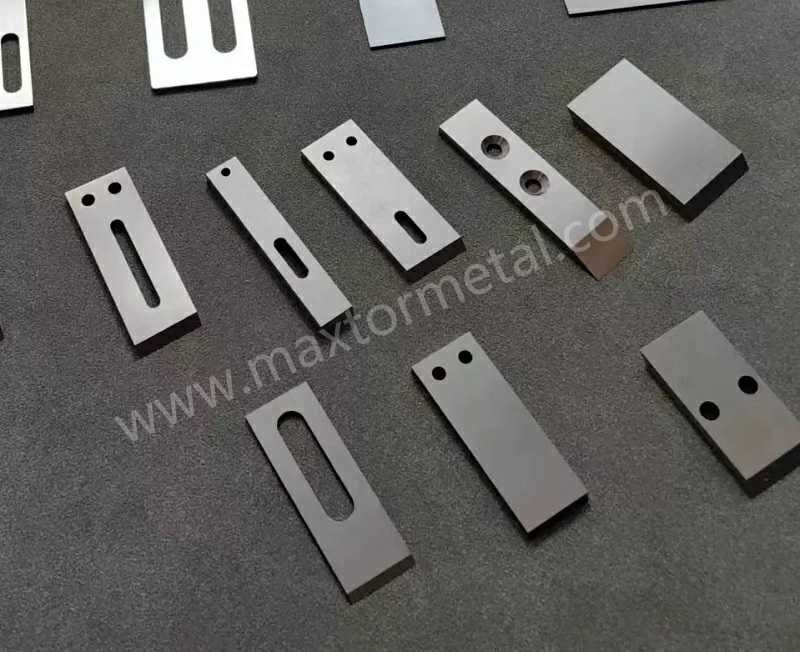
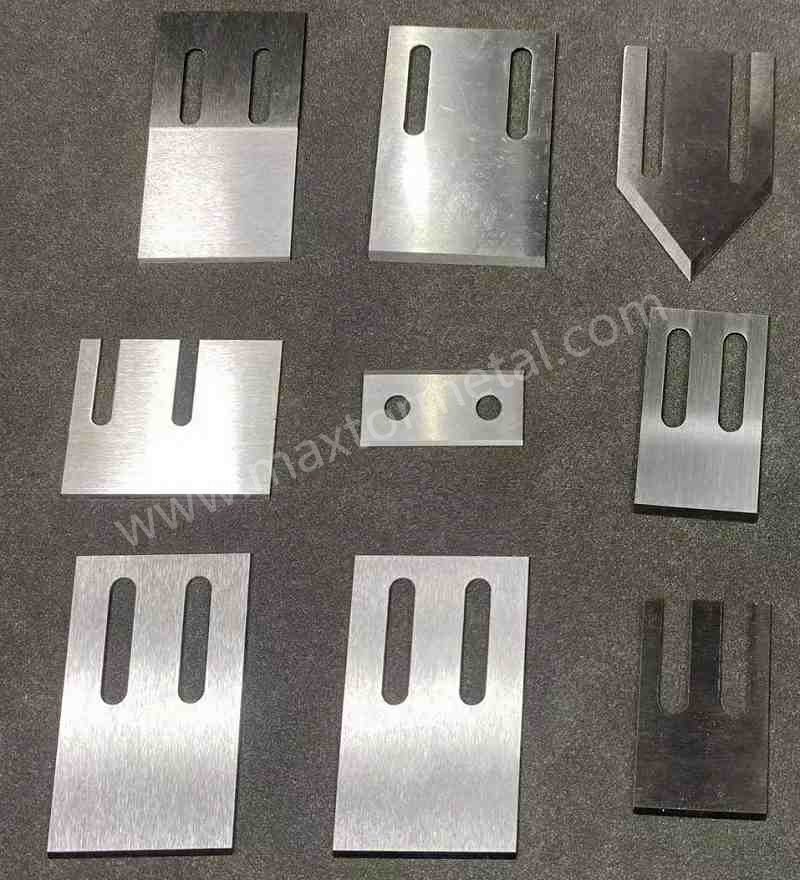
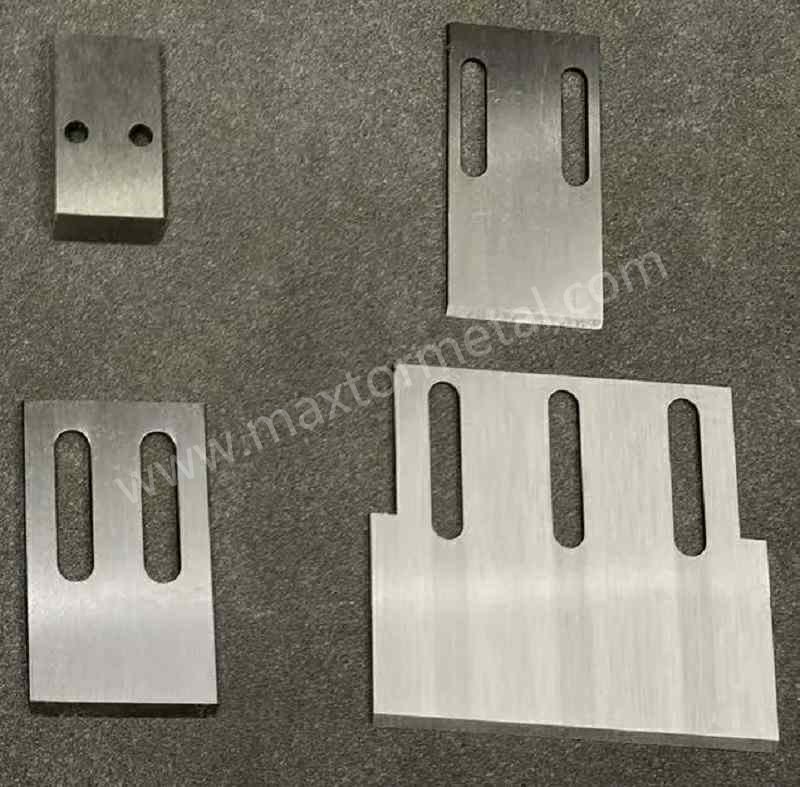
CÔNG TY TNHH CÔNG NGHIỆP Metal Nam Kinh
Khu công nghiệp Mingjue, Lishui, Nam Kinh, Giang Tô, Trung Quốc
Luôn cập nhật với những tin tức mới nhất của chúng tôi.